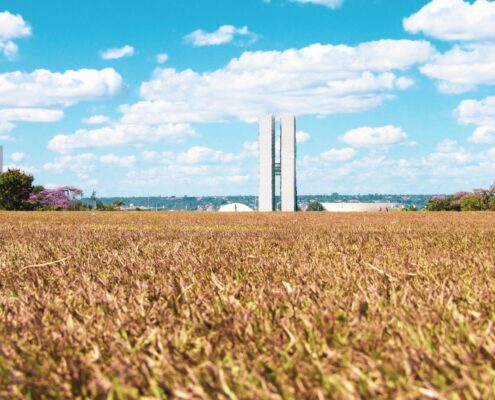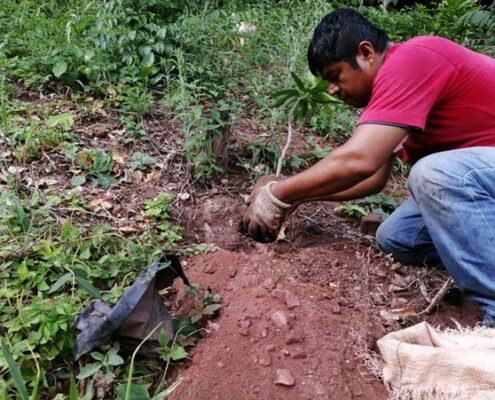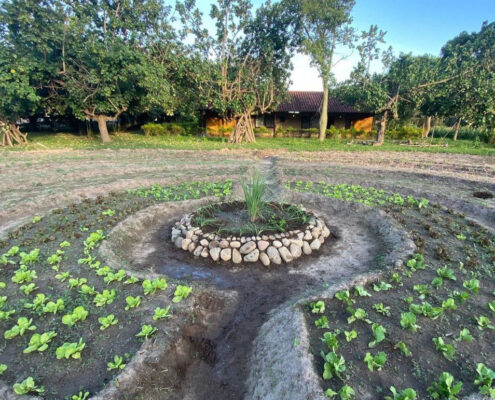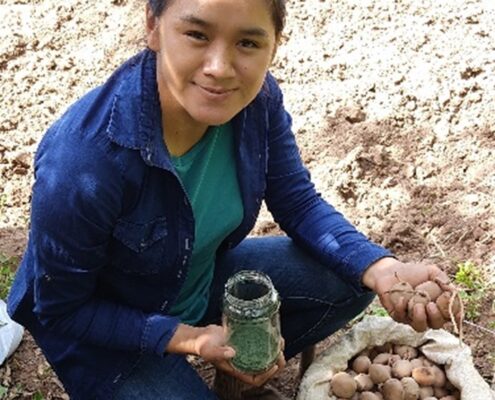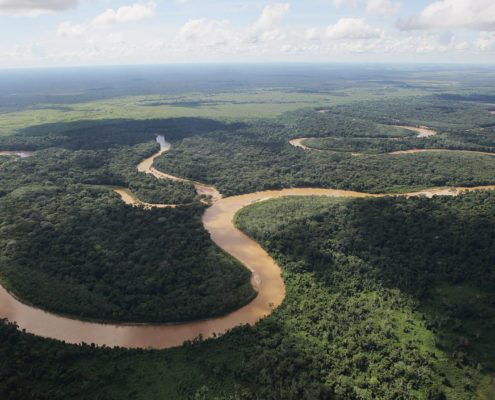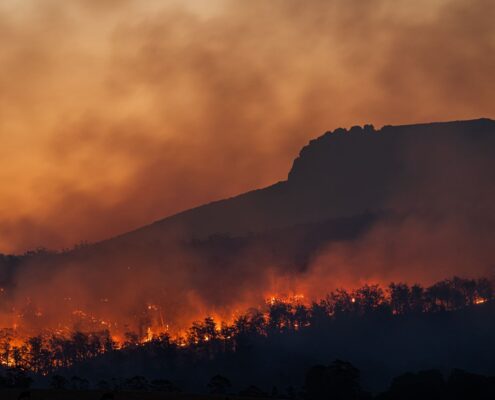 https://greenmarked.it/wp-content/uploads/2023/10/Cattura.jpg
957
1440
Sarah Santos Ferreira
https://greenmarked.it/wp-content/uploads/2022/01/LOGO-GREENMARKED-SITO-600x600.png
Sarah Santos Ferreira2023-10-16 21:33:112023-10-17 10:02:14Eyes on Fire
https://greenmarked.it/wp-content/uploads/2023/10/Cattura.jpg
957
1440
Sarah Santos Ferreira
https://greenmarked.it/wp-content/uploads/2022/01/LOGO-GREENMARKED-SITO-600x600.png
Sarah Santos Ferreira2023-10-16 21:33:112023-10-17 10:02:14Eyes on FireFebruary 07, 2023
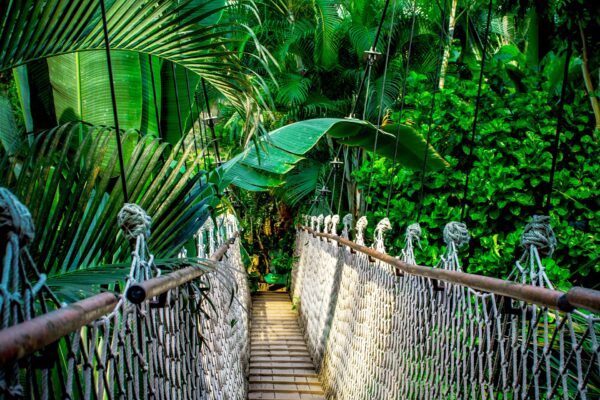
The Three Pillars of Sustainability
After the anti-democracy riots in Brasília last month, the new Brazilian Ministers of the Environment and Finances, Marina Silva and Fernando Haddad commented on the country’s environmental agenda in Davos during the World Economic Forum [1].
Silva highlighted the plans of the installed government to address national environmental issues in a transversal way, which was expected from Lula’s 2022 campaign. Looking back at his proposals, the environment was placed under an interdisciplinary axis called “Economic Development and Socio-Environmental and Climate Sustainability” [2]. According to Silva, Brazil aims to tackle social inequality and environmental protection simultaneously. She emphasized, “Sustainability is not only economical or environmental, but also social”.
Lula’s victory brought up the international support that will be indispensable for the recovery of the country’s social and environmental agenda. A crucial initiative back on the radar is the Amazon Fund. The Fund was once considered the primary national strategy for the Reduction of Greenhouse Gas Emissions arising from Deforestation and Forest Degradation (REDD+) [3]. However, since June 2019, the two committees that comprised the Amazon Fund governance – the Amazon Fund Steering Committee (COFA) and the Amazon Fund Technical Committee (CTFA) – were terminated. Therefore, the supporting countries no longer issued grants for investments, and there was no resumption of approval for new projects. Nonetheless, the ongoing projects at the time proceeded with their activities.
The Fund aims to implement actions to voluntarily reduce deforestation in the Amazon forest and other biomes. To do so, it supports projects in actions to prevent, monitor and promote the conservation and sustainable use of the Brazilian Amazon in different fields, such as:
- Management of public forests and protected areas
- Environmental control, monitoring, and inspection, sustainable forest management
- Economic activities developed from the sustainable use of vegetation
- Ecological-economic zoning (ZEE), territorial planning, and land tenure regularization
- Conservation and sustainable use of biodiversity, and recovery of deforested areas [4].
Social Development
An important social aspect of the Amazon Fund is its support of traditional communities in the Amazon region, including indigenous people, extractivists and riparian communities. For instance, 28 out of 102 projects that benefit from the Fund are directly related to indigenous people. Many of these projects aim to promote food security (food production for own consumption) of traditional peoples. To do so, they “support the implementation of agroforestry systems, the signing of fishing agreements, the installation of processing units for socio biodiversity products, certification of origin, training, and the development of business plans, as well as research to develop new products derived from the fruits, seeds, and bioactive compounds of the Amazon flora” [4].
One of the projects supported by the Amazon Fund is the Kayapó Fund. The Kayapó territories comprise about 11 million hectares and are located south of Pará and north of Mato Grosso. The territories are centred in the region known as the Arch of Deforestation, famous for the highest deforestation rates due to advances of the agricultural frontier towards the forest. The Kayapó Fund aims to support projects of indigenous organizations that operate in this region with a focus on biodiversity conservation, territorial protection, development of sustainable, productive activities and strengthening of political representation of leaders.
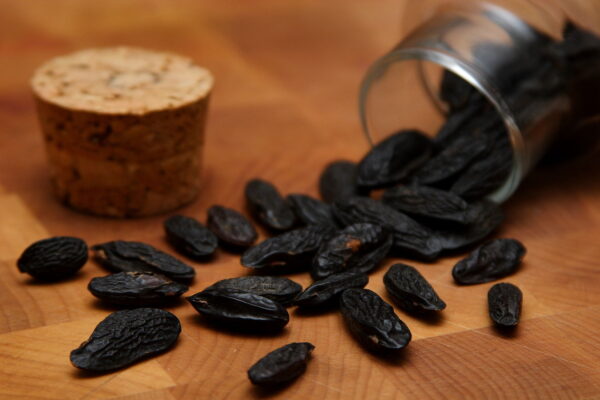
Fig. 1: Dried Cumaru seeds (Fred Benenson. February 1, 2007). [Source: Wikipedia]
The Kayapó people have traditionally used and marketed Cumaru seeds. The indigenous people have used the seeds of Dipteryx odorata as a pain killer. A short documentary funded by the Kayapó Fund shows how the Kayapó collect, select and prepare the seeds before selling them. Due to its unique fragrance, the seed is used in cosmetics, soaps, and as medicine for different purposes.
Amazon Fund-supported projects aim to help traditional Brazilian peoples emerge from the food and health crisis as we resume biodiversity conservation.
ARTÍCULOS RELACIONADOS:
REFERENCIAS:
[1] Uchoa, P. and Beltran, L. World Economic Forum. Davos 2023: Brazil on a new economic and environmental roadmap. Retrieved on 28 January 2023 from https://www.weforum.org/agenda/2023/01/key-takeaways-on-brazils-new-roadmap-davos2023/
[2] Tribunal Superior Eleitoral – TSE. Luís Inácio Lula da Silva government proposal in 2022. Retrieved on 23 October 2022 from: https://divulgacandcontas.tse.jus.br/candidaturas/oficial/2022/BR/BR/544/candidatos/893498/5_1659820284477.pdf
[3] May, H.P. et al (2016). The context of REDD+ in Brazil, Drivers, actors and institutions – 3rd Edition, pp 57 – 76. Retrieved on 28 January 2023 from https://www.cifor.org/publications/pdf_files/OccPapers/OP-160.pdf
[4] Amazon Fund. Activity Report 2021. Retrieved on 29 January 2023 from https://www.fundoamazonia.gov.br/export/sites/default/en/.galleries/documentos/rafa/RAFA_2021_en.pdf


